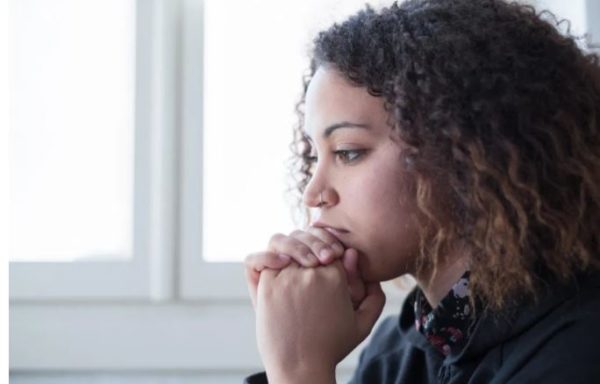
Traumatic experiences in childhood can have severe and long-lasting effects well into adulthood if they are left unresolved.
Childhood trauma can result from anything that makes a child feel helpless and disrupts their sense of safety and security.
It could be sexual, physical or verbal abuse; domestic violence; an unstable or unsafe environment; separation from a parent; neglect; bullying; serious illness; or intrusive medical procedures.
If you’re living with the emotional and psychological consequences of a traumatic childhood, there is hope. Here are seven ways to heal your childhood trauma and reclaim your life.
1. Acknowledge and recognize the trauma for what it is
Victims of childhood trauma often spend years minimizing the event or dismissing it by pretending it didn’t happen or by succumbing to feelings of guilt or self-blame. The only way you can begin healing is to acknowledge that a traumatic event did occur and that you were not responsible for it.
2. Reclaim control
Feelings of helplessness can carry well over into adulthood and can make you feel and act like a perpetual victim, causing you to make choices based on your past pain. When you’re a victim, the past is in control of your present. But when you’ve conquered your pain, the present is controlled by you.
3. Seek support and don’t isolate yourself
A natural instinct that many trauma survivors have is to withdraw from others, but this will only make things worse. A big part of the healing process is connecting to other people, so make the effort to maintain your relationships and seek support. Talk to a trusted family member, friend or counselor and consider joining a support group for survivors of childhood trauma.
4. Take care of your health
Your ability to cope with stress will increase if you are healthy. Establish a daily routine that allows you to get plenty of rest, eat a well-balanced diet and exercise regularly. Most importantly, stay away from alcohol and drugs. These might provide temporary relief but will inevitably increase your feelings of depression, anxiety and isolation and can worsen your trauma symptoms.
5. Learn the true meaning of acceptance and letting go
Just because you accept something doesn’t mean you’re embracing your trauma or that you like it or agree with it. Acceptance means you’ve decided what you’re going to do with it. You can decide to let it rule your life or you can decide to let it go. Letting go doesn’t mean “poof!” it’s magically gone. Letting go means no longer allowing your bad memories and feelings of a bad childhood to rob yourself of living a good life now.
6. Replace bad habits with good ones
Bad habits can take many forms, like negativity and always mistrusting others, or turning to alcohol or drugs when feelings become too hard to bear. Bad habits can be hard to break, especially when they’re used as crutches to help you avoid reliving the pain and trauma of your childhood. A support group or a therapist can help you learn the tools necessary to break your bad habits and replace them with good ones.

